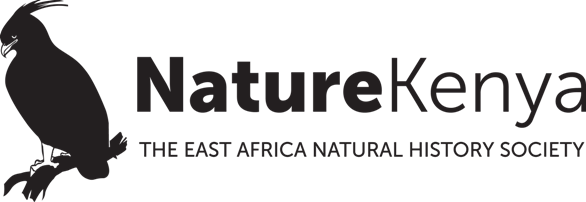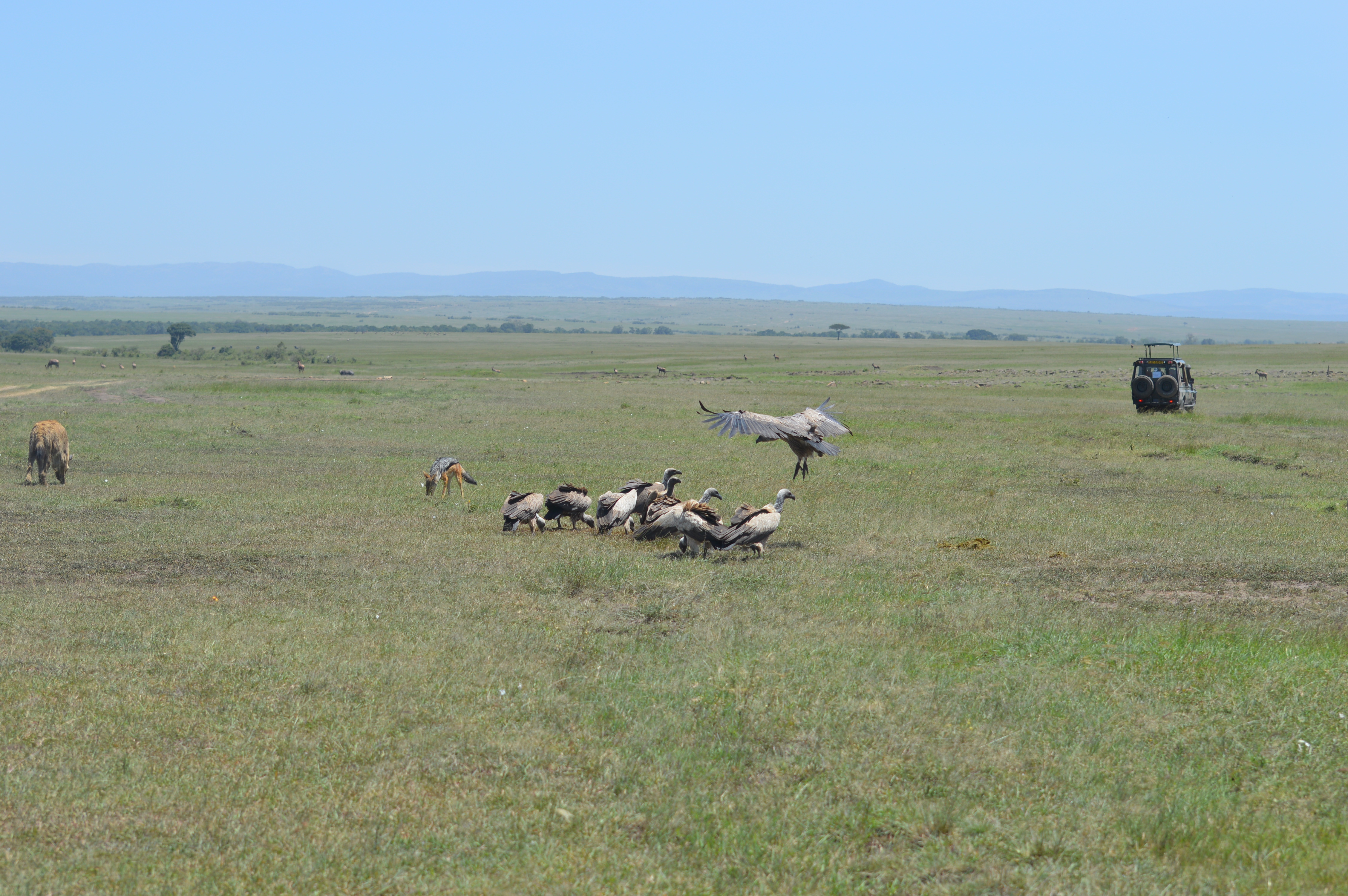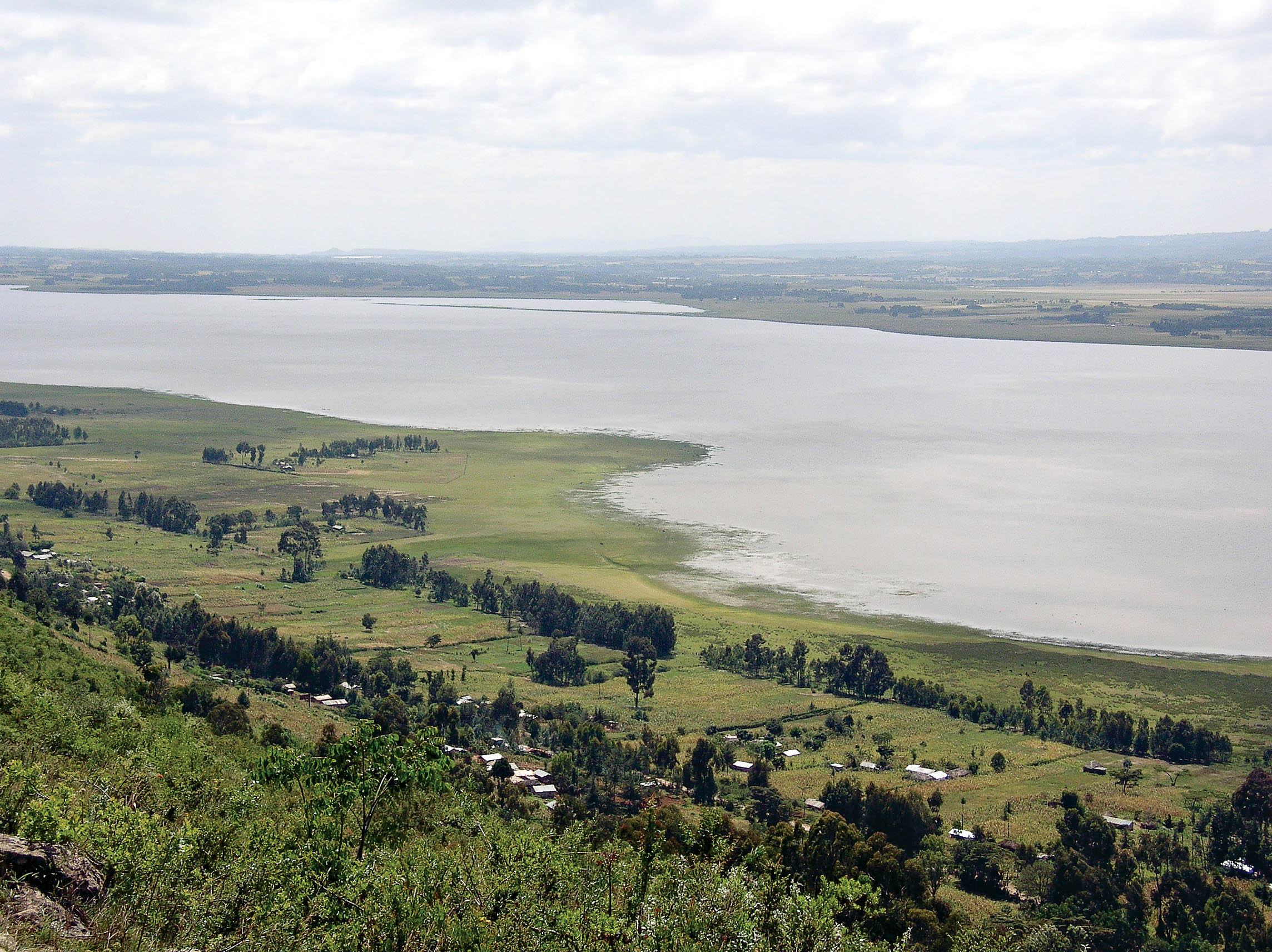Nature Kenya appeared before the National Assembly’s Departmental Committee on Energy to present recommendations on the Petroleum Exploration, Development and Production Bill, 2017 and the Energy Bill 2018.
Section 107 (1) of the Petroleum Bill 2017 states: “For the purpose of the production and transportation of upstream petroleum, a contractor may erect, fix, install or lay any oil or gas pipelines, other infrastructure or apparatus in, through, upon, under, over or across any public street, road, railway, tramway, river, canal, harbour or national government property in the manner and on the conditions as provided in this Act.”
Section 206 (1) of the Energy Bill 2018 states: “For the purpose of the production , conveyance and supply of energy, a licensee may erect , fix, install or lay any electric supp ly lines , oil or gas pipelines , other infrastructure or apparatus in, through, upon , under , over or across any public Stree t, road , railway , tramway, river, canal, harbour or Government property, including forests , National parks, reserves and heritage sites, in the manner and on the conditions as provided in this Act.”
These two sections appear to give oil companies a free hand to build oil wells or pipelines on any piece of public land, including those that should be protected for the national good.
“The current versions of the Bills allows oil and gas wells and pipelines to be built on any national government property. National government property of course includes national parks, forest reserves, national monuments and heritage sites,” Nature Kenya executive director Dr. Paul Matiku told the committee during the Bills’ public hearing.
Infrastructure builders prefer to build on government property, because it is less expensive to acquire. And yet most government properties are our most valuable assets. These include national parks, the nucleus of our tourism industry, an important provider of jobs and income; national forests that protect our climate, water and genetic resources; and national monuments that honour our cultural history.
Nature Kenya appealed to Parliament to amend the Bills to safeguard national parks, forest reserves, national monuments and cultural sites.
“Allowing unfettered access by petroleum companies to these critical sites is a dangerous move,” Dr. Matiku said.



